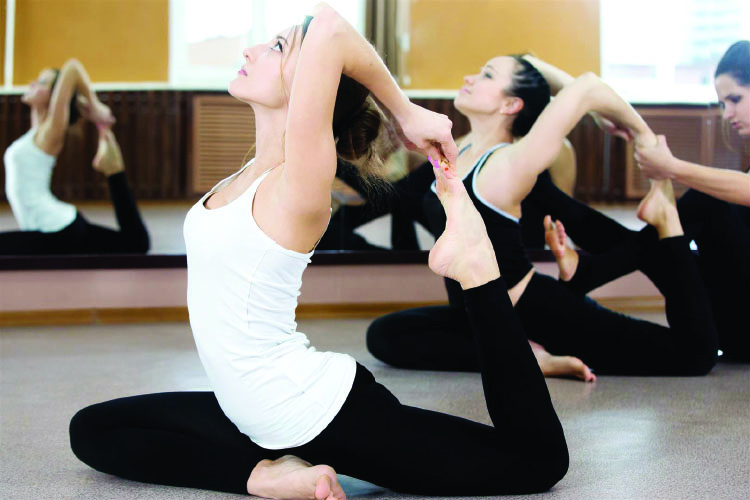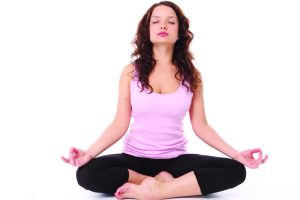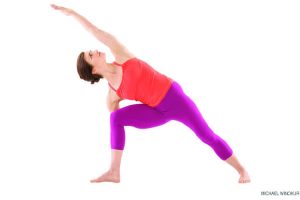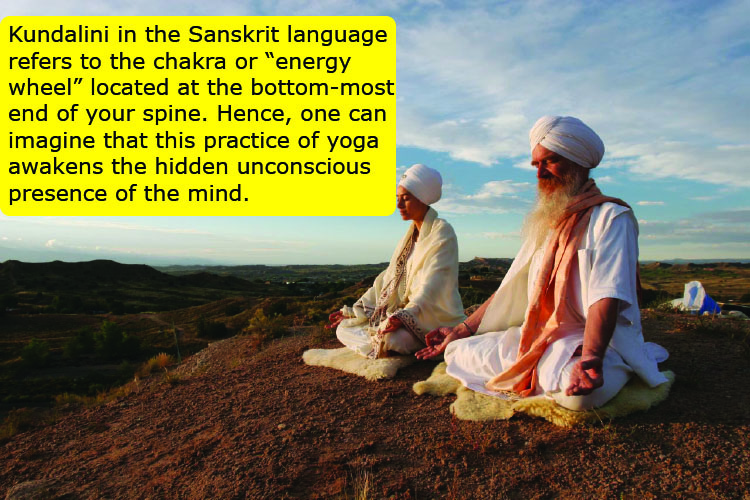Yoga is an art form that stands on the strong pillars of meditation and spirituality achieved through strong physical exercises and synchronised breathing patterns. Born in the ancient Indian subcontinent, it spread across the western world in the early 1980’s as travellers explored the world of yogis who were found practicing the art in the more deeper valleys of India, Nepal, China, Sri Lanka, and Bhutan.
Today, the world truly believes in the psychological as well as physiological healing benefits through the processes that Yoga brings about in the human body, mind, and soul. Over the past few years the popularity of yoga has surged due for being not only an excellent stress-buster but also a tool to transform your livelihood in a fast-paced competitive world. However, not all yoga methods are equal, and some people may require different approaches in order to achieve the best benefits. Let’s look at the various yoga forms being taught today and one that fits you.
Table of Contents
Hatha Yoga – Builds your physical and mental strength
Practiced amongst generations of yogis, it is the most generically popular form of Yoga. The modern styles existing in present century derive sources from the laws of the Hatha form. Meant for beginners, the “Hatha” style will work great for you as it mainly focuses on postures that include basic contortions of muscles that connect the very joints of your limbs and other body parts. The yoga guru teaches you to concentrate on his/her breathing technique as they meditate in a certain posture. Therefore, Hatha yoga can be termed as the physical practice of yoga that brings about slow-paced understanding of the combination of moves involved as well as igniting the energy channels that exists within the body.
 Vinyasa Yoga – Use of physical transitions in a special way
Vinyasa Yoga – Use of physical transitions in a special way
The Vinyasa form of the yoga technique is ideal for those looking to find body rhythm and flow. The exercises of the Vinyasa style compose a combination of fluid body movements that transcend from one posture (asanas) to another in synchronisation with every inhaling or exhaling breath induced (pranayama).
As your body progresses through the variety of movements in this nature, your sweat glands perspire in the processes that not only help in flexibility but also agility of body limbic functions. It is a great style to start with as it progresses through higher levels and steps. Vinyasa yoga forms the basis for many yoga styles that exists today. Krishnamacharya, considered the architect of Vinyasa has attempted feats such as “stopping heartbeats” and has travelled the world-teaching individuals, is widely credited for reviving Hatha Yoga.
Ashtanga Yoga – Modern form of the ancient Indian classical yoga
The Ashtanga yoga is a modern form of exercise incorporating gymnastics established in late 20th Century. Yogi K. Pattabhi Jois codified the practises of this style as he studied yoga from the mere age of 12 in 1927. By 1948, Ashtanga yoga was a popular Vinyasa style, which takes you through successive poses used in transitions at a rapid pace.
The method composes of eight special poses that include first two limbs known as Yama and Niyamas practiced in synchronisation with the third and fourth limbs that are the asanas and pranayama respectively.
Iyengar Yoga – The art of perfection and discipline
The Iyengar style of yoga, named after its founder, B.K.S. Iyengar, is all about alignment and correctness of posture. This form of yoga derives its very basic nature from Hatha Yoga improvising in the process with the use of props that aid in precision of postures. Blocks, straps, harnesses, rollers, chairs, and boards are the properties used to carry out exercises in variation.
Understanding of one’s body builds through a series of 200 poses and 14 different “pranayama” (breathing) techniques that range from basic to advance. This is close to the Ashtanga principle where specific asana are linked together in order to achieve. The practitioner utilises these movements in order to stimulate muscle strength, mobility of joints and body awareness.
Bikram Yoga – The “Hot Yoga” that heals from inside out
The purpose of Bikram Yoga is cleansing deep-rooted body toxins. The series incorporates 26 principle exercises and two breathing cycles as the method for exercising through an ideal class or session. Performed in a room where the maintained temperatures are at 40.6 degrees Celsius with 40% humidity, the intended process aims towards building stamina by catalysing body metabolism.
The heat induced causes intense perspiration as the warmth seeps deeply into your muscles causing them to relax even further as the result reckons extension in stretches. This is indeed the “Hot Yoga” meant for heavy gym trainers, sport people, dancers, or athletes. Pregnant women and heart patients should be wary, as it is not recommended for them.
Power Yoga – A strategic form for both a spiritual core and a fit body
The history of Power Yoga is a strong blend of western and eastern minds. The development of this yoga style is the genius of two-famed yogis, Bryan Kest from Los Angeles & Beryl Bender Birch from New York. As yoga disciplinarians and researchers, they studied under the tutelage of Yoga Guru Jois in Ashtanga, to re-invent those principles in combining them with Vinyasa and develop a more intense, flowing style that has now known in the American gyms as modern day yoga.
The chanting and meditational frequencies of this highly physical style is rather less. Power yoga focuses on intense passage of postures, meant to build rhythmic heartbeats in order to achieve high form of a cardio workout for the body.
Kundalini Yoga – To activate your “third” eye senses
Kundalini in the Sanskrit language refers to the chakra or “energy wheel” located at the bottom-most end of your spine. Hence, one can imagine that this practice of yoga awakens the hidden unconscious presence of the mind. The various sequence of poses inscribed in the process include meditation, pranayama, chanting mantras and asanas which combine to tap the deeper-most human potential focussing on values that teach mankind to serve and heal others.
It is a synchronised combination of the oldest forms of Tantric Yoga (Laya Yoga) and Hatha Yoga. Ideal for those who are looking to find more meaning into their lives as the style aims at an individual being absorbed by the universe and becoming one with himself/herself.
Kripalu Yoga – Following with natural flow, valued acceptance, and pure energy
Amrit Desai, in the year 1965 founded the Yoga Society of Pennsylvania to spread the knowledge of yoga and train teachers who would attain its value. The credit for inception of this style goes to Desai’s guru Swami Kripalvananda, who belonged to Halol, India. This inventive style is a derivative form of Hatha Yoga. Kripalu yoga brings about the streamlining of the “life-force” and the energy associated with the existence of your body’s true Prana (life or being). Practitioners discipline themselves into evolving their minds towards inner peace and focus. Meditation, breathing work, relaxation, and standard yoga poses encompass the true meaning of this practice. If you are someone looking to find soul and compassion within yourself as well as becoming more observant without judgement and learning to accept everyday as it comes, this style is an absolute for you.
Yin Yoga – To channel the sacred feminine energy within your system
“Yin” is a word derivative of traditional Chinese cultures talking about “Yin & Yang,” described as opposite forces existing as whole. Yin talks about the passivity in feminine quality and their energies that make up a part of the Universe. The philosophy characterises the world as a female and defines principles that harness energy channels sustaining and associated with earth, dark, and cold. The Yin Yoga style uses prolonged meditative practices that require high amount of patience.
A regular practitioner is habituated to hold in poses from anywhere between one to twenty minutes. Ideal for those looking to completely quieten their minds with meditation and find a way to talk to their own bodies as the principles applied release the measurable tensions built in overworked joints. The comprising poses are inspired from Taoist traditions designed to target your core and stress-related areas of the body – pelvic girdle or the hips region, the sacrum, pelvis area and the lowermost section of your spine. Practicing the Yin theory brings about peaceful effects on the connective tissues in the body.

 Vinyasa Yoga – Use of physical transitions in a special way
Vinyasa Yoga – Use of physical transitions in a special way



















